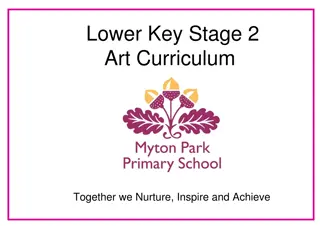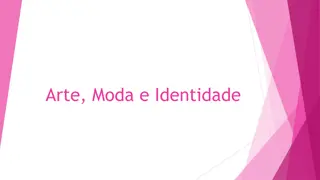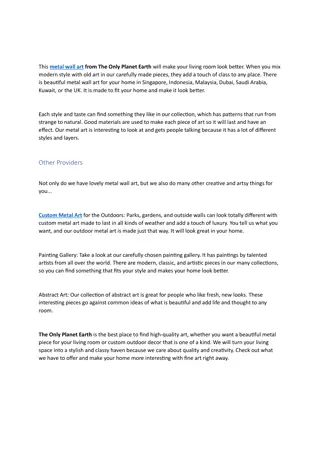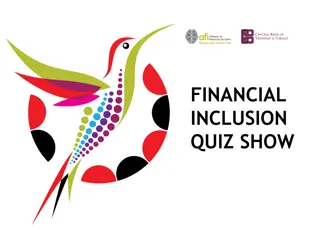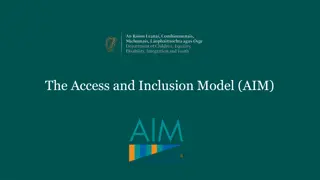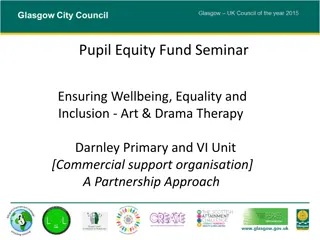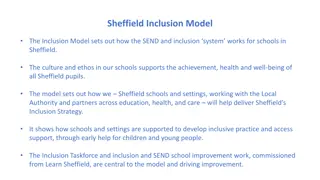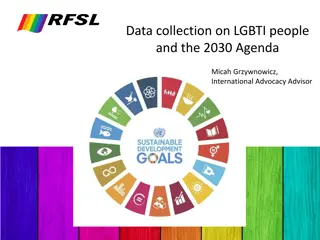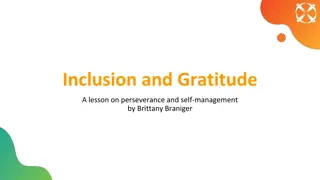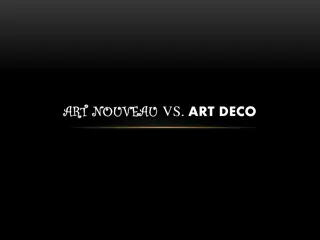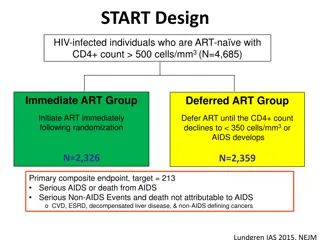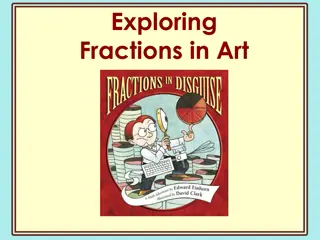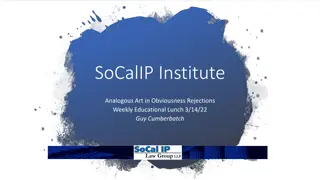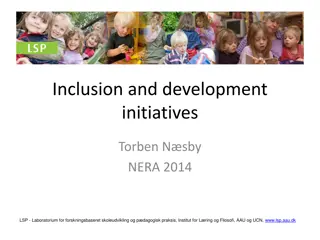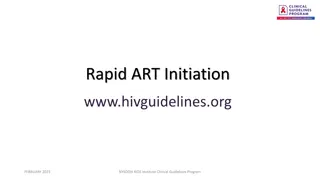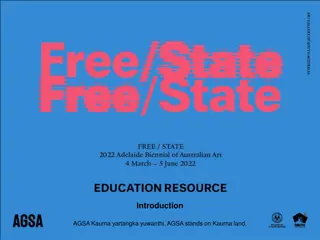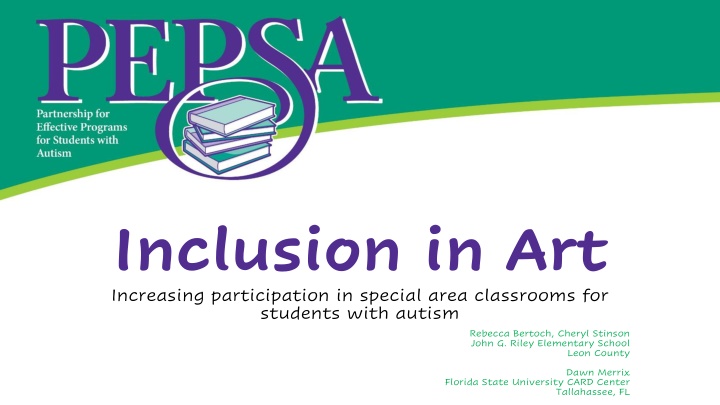
Enhancing Participation in Art for Students with Autism
Explore the project "Inclusion in Art: Increasing participation in special area classrooms for students with autism" which aims to actively engage students with autism in art and other special area classes by providing training, support, and visual resources. Learn about the steps taken, the process implemented, and the impact on enhancing inclusivity in the classroom setting.
Download Presentation

Please find below an Image/Link to download the presentation.
The content on the website is provided AS IS for your information and personal use only. It may not be sold, licensed, or shared on other websites without obtaining consent from the author. If you encounter any issues during the download, it is possible that the publisher has removed the file from their server.
You are allowed to download the files provided on this website for personal or commercial use, subject to the condition that they are used lawfully. All files are the property of their respective owners.
The content on the website is provided AS IS for your information and personal use only. It may not be sold, licensed, or shared on other websites without obtaining consent from the author.
E N D
Presentation Transcript
Inclusion in Art Increasing participation in special area classrooms for students with autism Rebecca Bertoch, Cheryl Stinson John G. Riley Elementary School Leon County Dawn Merrix Florida State University CARD Center Tallahassee, FL
Inclusion in Art Purpose: Students with autism were present, but not participating in special area classroom activities such as Media, Art, Music, Character Education, and P.E. The purpose of this project was to have students with autism from self-contained classrooms actively engaged in special area classes with their non-disabled peers. Rebecca Bertoch, Cheryl Stinson John G. Riley Elementary School Leon County Dawn Merrix Florida State University CARD Center Tallahassee, FL
Inclusion in Art Steps: 1. Set up training with FSU CARD partner and special area teachers 2. Meet with special area teachers discuss routines, procedures, challenges, teacher priorities 3. Observe special area classrooms 4. Create and implement action plan 5. Track data; more observations Rebecca Bertoch, Cheryl Stinson John G. Riley Elementary School Leon County Dawn Merrix Florida State University CARD Center Tallahassee, FL
Inclusion in Art Process: After the training, one special area was identified for additional support. The art teacher was very interested in learning more about students with autism and how to work with them more effectively. Following three observations in art class, teacher priorities and possible strategies were discussed. With input from the art teacher, visual support resources to support predictability of routines and behavior expectations were developed, created, and provided for use in art class. Rebecca Bertoch, Cheryl Stinson John G. Riley Elementary School Leon County Dawn Merrix Florida State University CARD Center Tallahassee, FL
Inclusion in Art Visual Schedule reviewed upon entering the art classroom and referenced throughout class. Rebecca Bertoch, Cheryl Stinson John G. Riley Elementary School Leon County Dawn Merrix Florida State University CARD Center Tallahassee, FL
Inclusion in Art Visual behavior support reviewed upon entering the art classroom and referenced throughout class. Rebecca Bertoch, Cheryl Stinson John G. Riley Elementary School Leon County Dawn Merrix Florida State University CARD Center Tallahassee, FL
Inclusion in Art Process: Each table in the art room had 2 visual schedules and 2 sets of routine cards for referencing. Visual support strategies were explained and modeled for the art teacher and paraprofessionals. Additional strategies discussed and modeled included: structured wait time, placement of materials, providing choices, first/then language, and use of fidgets or manipulatives. Rebecca Bertoch, Cheryl Stinson John G. Riley Elementary School Leon County Dawn Merrix Florida State University CARD Center Tallahassee, FL
Inclusion in Art Process: Laminated rectangles with pictures and words were put on each table as a spatial support to show where students place art materials when they are finished using them. A mini-schedule for the art lesson was developed, created, and implemented to help the students participate in and complete the lesson. Teachers worked in the art classroom with paraprofessionals to make sure the implementation was done with fidelity. Rebecca Bertoch, Cheryl Stinson John G. Riley Elementary School Leon County Dawn Merrix Florida State University CARD Center Tallahassee, FL
Inclusion in Art Visual Spatial Support for art materials supports a productive role during the clean-up routine. Rebecca Bertoch, Cheryl Stinson John G. Riley Elementary School Leon County Dawn Merrix Florida State University CARD Center Tallahassee, FL
Inclusion in Art Art Lesson Mini-Schedule Students move pictures left to right as they complete each task. Rebecca Bertoch, Cheryl Stinson John G. Riley Elementary School Leon County Dawn Merrix Florida State University CARD Center Tallahassee, FL
Inclusion in Art Results: Students with autism showed less resistance to going to art and were more participatory when visual supports were utilized. Use of visual supports encouraged active engagement in art class routines and activities. With continued modeling and support from the art teacher and paraprofessionals, it is believed students will eventually participate in art class with increased independence. Rebecca Bertoch, Cheryl Stinson John G. Riley Elementary School Leon County Dawn Merrix Florida State University CARD Center Tallahassee, FL

